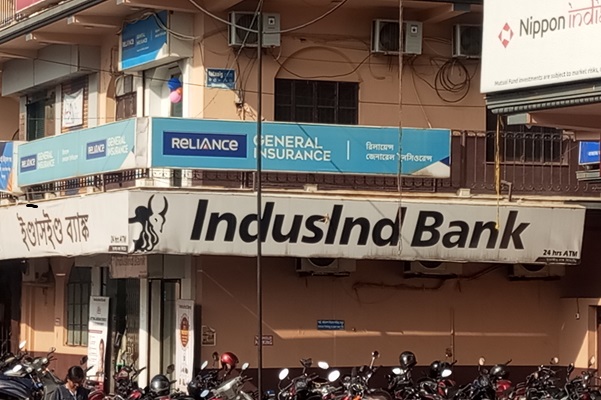.png)
May 21, 2025 at 3:32 PM IST
IndusInd Bank has reported a consolidated net loss of ₹23.29 billion for the quarter ended March 2025, marking a sharp reversal from the ₹23.49 billion profit recorded in the same quarter last year. The loss significantly exceeded market expectations, which had projected a loss of around ₹3 billion.
While discrepancies related to foreign exchange derivatives accounted for ₹19.6 billion, as anticipated, the bank also disclosed that ₹6.74 billion had been incorrectly recorded as interest income, and ₹1.73 billion as fee income, in its microfinance segment over three quarters of the 2024–25 fiscal year. The net impact of these in the March quarter was ₹4.23 billion.
But that’s not the worse.
The biggest loss stemmed from the misclassification of ₹18.85 billion in microfinance loans as standard assets. Provisioning for these loans, along with the reversal of associated interest income, cost the bank ₹19.69 billion in the fourth quarter.
IndusInd Bank claimed that these financials reflect all known discrepancies and emphasised a conservative approach to accounting to ensure the reliability of reported results. The statutory auditors have issued an unqualified opinion after conducting expanded sample reviews.
The bank’s board suspects fraudulent activity involving certain employees, including members of senior management. Investigations revealed that internal controls had been deliberately overridden, and irregularities concealed from both the board and the statutory auditors. The bank has initiated steps to report the matter to relevant authorities and is reviewing accountability.
This is the first financial report since the country’s fifth-largest private bank disclosed serious accounting irregularities, which led to the resignation of Managing Director and CEO Sumant Kathpalia, along with Deputy CEO Arun Khurana. A Committee of Executives is currently overseeing day-to-day operations.
Net interest income declined sharply to ₹30.48 billion, down 43% from ₹53.76 billion in the corresponding quarter last year. Provisions increased substantially to ₹25.22 billion, compared to ₹17.44 billion in the preceding quarter.
Asset quality also deteriorated. Gross non-performing assets (NPAs) rose to 3.13%, up from 2.25% in the December quarter and 1.92% a year ago. Net NPAs climbed to 0.95%, compared with 0.68% in the previous quarter and 0.57% in March 2024. Fresh slippages surged to ₹50.14 billion—more than double the ₹22 billion reported in the prior quarter—driven largely by microloans, where gross NPAs jumped to 13.18% from 7.05%.
The net interest margin contracted to 2.25%, down 201 basis points year-on-year and 168 basis points sequentially.
As of March 31, 2025, the bank’s capital adequacy ratio stood at 16.24%, while provision coverage remained steady at 70%. Liquidity conditions were stable, with an average liquidity coverage ratio of 118% for the quarter.
On the business front, deposits rose 7% to ₹4.11 trillion, while advances increased modestly by 1% year-on-year to ₹3.45 trillion.
Chairman Sunil Mehta acknowledged the governance lapses and confirmed that measures are being put in place to prevent future occurrences. The board is nearing completion of its search for a new CEO, with recommendations expected to be submitted to the Reserve Bank of India by June 30.





